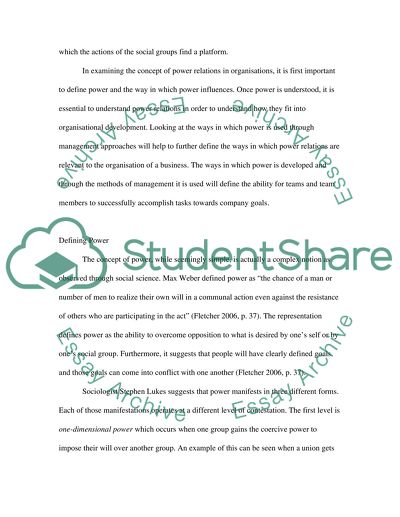Cite this document
(“How do power relations affect organisational development use case Essay”, n.d.)
Retrieved from https://studentshare.org/environmental-studies/1405550-how-do-power-relations-affect-organisational
Retrieved from https://studentshare.org/environmental-studies/1405550-how-do-power-relations-affect-organisational
(How Do Power Relations Affect Organisational Development Use Case Essay)
https://studentshare.org/environmental-studies/1405550-how-do-power-relations-affect-organisational.
https://studentshare.org/environmental-studies/1405550-how-do-power-relations-affect-organisational.
“How Do Power Relations Affect Organisational Development Use Case Essay”, n.d. https://studentshare.org/environmental-studies/1405550-how-do-power-relations-affect-organisational.


